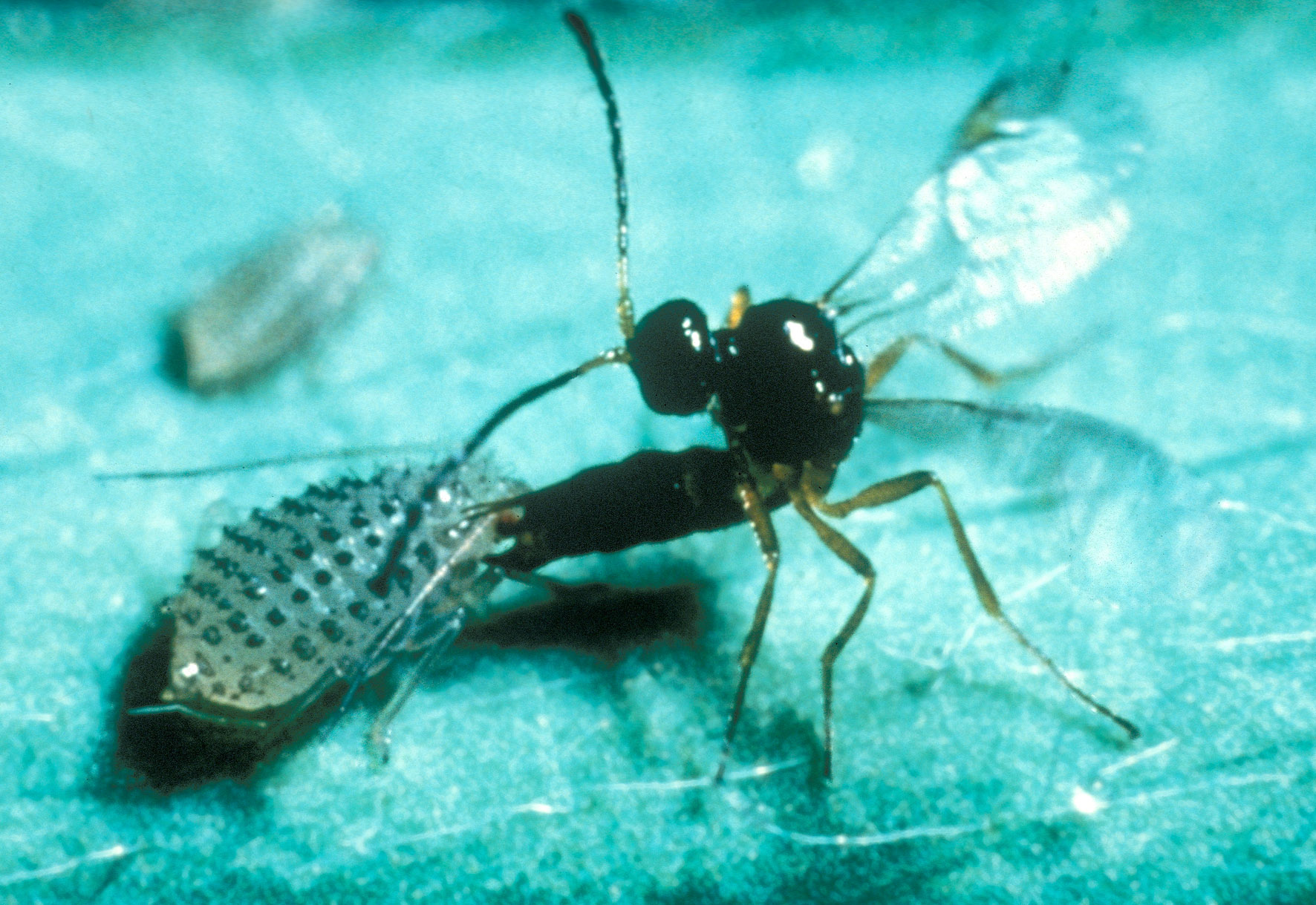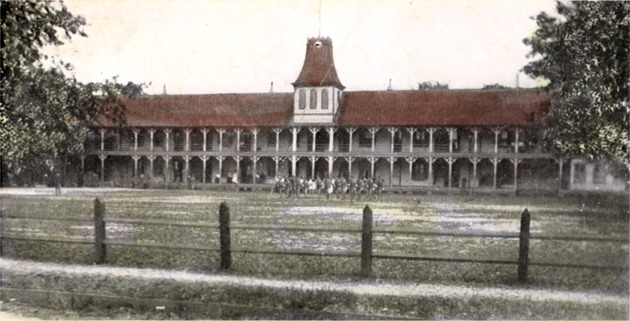|
Torymidae
Torymidae is a family of wasps in the superfamily Chalcidoidea. Most species in this family are small with attractive metallic coloration, and females generally have long ovipositors. Many are parasitoids on gall-forming insects, and some are phytophagous (plant-eating) species, sometimes using the galls formed by other insects. Over 960 species in about 70 genera are found worldwide. They are best recognized in that they are one of the few groups of Chalcidoidea Chalcid wasps (, , for their metallic colour) are insects within the superfamily Chalcidoidea, part of the order Hymenoptera. The superfamily contains some 22,500 known species, and an estimated total diversity of more than 500,000 species, m ... in which the cerci are visible. Systematics The family was first described by English entomologist Francis Walker in 1833 and the infrafamiliar classification has been revised several times. A number of subfamilies were created within Torymidae, some of which have since ... [...More Info...] [...Related Items...] OR: [Wikipedia] [Google] [Baidu] |
Chalcidoidea
Chalcid wasps (, , for their metallic colour) are insects within the superfamily Chalcidoidea, part of the order Hymenoptera. The superfamily contains some 22,500 known species, and an estimated total diversity of more than 500,000 species, meaning the vast majority have yet to be discovered and described. The name "chalcid" is often confused with the name "chalcidid", though the latter refers strictly to one constituent family, the Chalcididae, rather than the superfamily as a whole; accordingly, most recent publications (e.g.,) use the name "chalcidoid" when referring to members of the superfamily. Most chalcid wasps are parasitoids of other insects, though other life styles are known, with the herbivorous fig wasps acting as pollinators. Various species are used as biological pest control agents or in scientific research. Description Chalcidoids are generally small wasps, averaging 1.5 mm in length and usually being less than 3 mm. The body is often metallic in colour ... [...More Info...] [...Related Items...] OR: [Wikipedia] [Google] [Baidu] |
Torymus Female
''Torymus'' is a genus of chalcid wasps from the family Torymidae, and there are more than 400 spp. worldwide. It was named by the Swedish naturalist Johan Wilhelm Dalman in 1820. Most species are ectoparasitoids of gall forming insects, usually gall wasps Gall wasps, also wikt:gallfly#Usage notes, traditionally called gallflies, are hymenopterans of the family Cynipidae in the wasp superfamily Cynipoidea. Their common name comes from the galls they induce on plants for larval development. About 1 ... and gall midges. See also * List of Torymus species References External links Bugguide.net. Genus Torymus Hymenoptera genera Taxa named by Johan Wilhelm Dalman Chalcidoidea Taxa described in 1820 Torymidae {{chalcidoidea-stub ... [...More Info...] [...Related Items...] OR: [Wikipedia] [Google] [Baidu] |
Megastigmidae
Megastigmidae is a family of chalcid wasps in the order Hymenoptera. There are about 12 genera and more than 170 described species in Megastigmidae. Megastigmidae was formerly considered a subfamily of the family Torymidae Torymidae is a family of wasps in the superfamily Chalcidoidea. Most species in this family are small with attractive metallic coloration, and females generally have long ovipositors. Many are parasitoids on gall-forming insects, and some are phy .... Genera These 12 genera belong to the family Megastigmidae: * '' Bootanelleus'' Girault, 1915 * '' Bootania'' Dalla Torre, 1897 * '' Bootanomyia'' Girault, 1915 * '' Bortesia'' Pagliano & Scaramozzino, 1990 * '' Ianistigmus'' Boucek, 1988 * '' Macrodasyceras'' Kamijo, 1962 * '' Malostigmus'' Boucek, 1988 * '' Mangostigmus'' Boucek, 1986 * '' Megastigmus'' Dalman, 1820 * '' Neomegastigmus'' Girault, 1915 * '' Paramegastigmus'' Girault, 1915 * '' Westralianus'' Boucek, 1988 References Parasitic wasps Cha ... [...More Info...] [...Related Items...] OR: [Wikipedia] [Google] [Baidu] |
Carl Henrik Boheman
Carl Henrik Boheman (10 July 1796 – 2 November 1868) was a Sweden, Swedish entomologist. He collected specimens in Norway and became a curator of the Swedish museum of natural history and described numerous beetle species. Life and work Boheman was born in Jönköping, the son of mystic Carl Adolf Andersson Boheman who was involved in Freemasonry and made money in England and Copenhagen. Boheman was to become a merchant and apprenticed to Nils Westrin, a student of Linnaeus and Thunberg who collected insects. This made him interested in insects at an early age and he studied Latin. He studied law at Lund University but quit in 1813 and joined the Jönköping Regiment and trained as an officer, participating in the invasion of Norway in 1814. He collected insect specimens through his travels. He was called by the Royal Swedish Academy of Sciences in 1841 to the position of professor and keeper of the Department of Entomology of the Swedish Museum of Natural History in Stockholm. ... [...More Info...] [...Related Items...] OR: [Wikipedia] [Google] [Baidu] |
Parasitoid
In evolutionary ecology, a parasitoid is an organism that lives in close association with its host (biology), host at the host's expense, eventually resulting in the death of the host. Parasitoidism is one of six major evolutionarily stable strategy, evolutionary strategies within parasitism, distinguished by the fatal prognosis for the host, which makes the strategy close to predation. Among parasitoids, strategies range from living inside the host (''endoparasitism''), allowing it to continue growing before emerging as an adult, to Paralysis, paralysing the host and living outside it (''ectoparasitism''). Hosts can include other parasitoids, resulting in hyperparasitism; in the case of oak galls, up to five levels of parasitism are possible. Some parasitoids Behavior-altering parasite, influence their host's behaviour in ways that favour the propagation of the parasitoid. Parasitoids are found in a variety of Taxon, taxa across the insect superorder Endopterygota, whose compl ... [...More Info...] [...Related Items...] OR: [Wikipedia] [Google] [Baidu] |
University Of Florida
The University of Florida (Florida or UF) is a public university, public land-grant university, land-grant research university in Gainesville, Florida, United States. It is a senior member of the State University System of Florida and a preeminent university in the state. The university traces its origins to 1853 and has operated continuously on its Gainesville campus since September 1906. After the Florida state legislature's creation of performance standards in 2013, the Florida Board of Governors designated the University of Florida as a "preeminent university". The University of Florida is one of three members of the Association of American Universities in Florida and is Carnegie Classification of Institutions of Higher Education, classified among "R1: Doctoral Universities – Very high research spending and doctorate production". The university is Higher education accreditation in the United States, accredited by the Southern Association of Colleges and Schools (SACS). ... [...More Info...] [...Related Items...] OR: [Wikipedia] [Google] [Baidu] |
Pteromalidae
The Pteromalidae are a large family of wasps, the majority being parasitoids of other insects. They are found throughout the world in virtually all habitats, and many are important as biological control agents. The oldest known fossil is known from the Early Cretaceous. Prior to 2022, the subfamily-level divisions of the family were highly contentious and unstable, and the family was thought to be "artificial", composed of numerous, distantly related groups (polyphyletic). In essence, a "pteromalid" was any member of the Chalcidoidea that had five-segmented tarsi and did not have the defining features of any of the remaining families with five-segmented tarsi. In 2022, the Pteromalidae was split into 24 families. Description Pteromalidae are usually metallic chalcidoids of varying body size (from 1–48 mm long) and build (slender to quite robust), with the tarsi of the fore and hind legs consisting of five segments. They carry antennae consisting of eight to thirteen ... [...More Info...] [...Related Items...] OR: [Wikipedia] [Google] [Baidu] |


